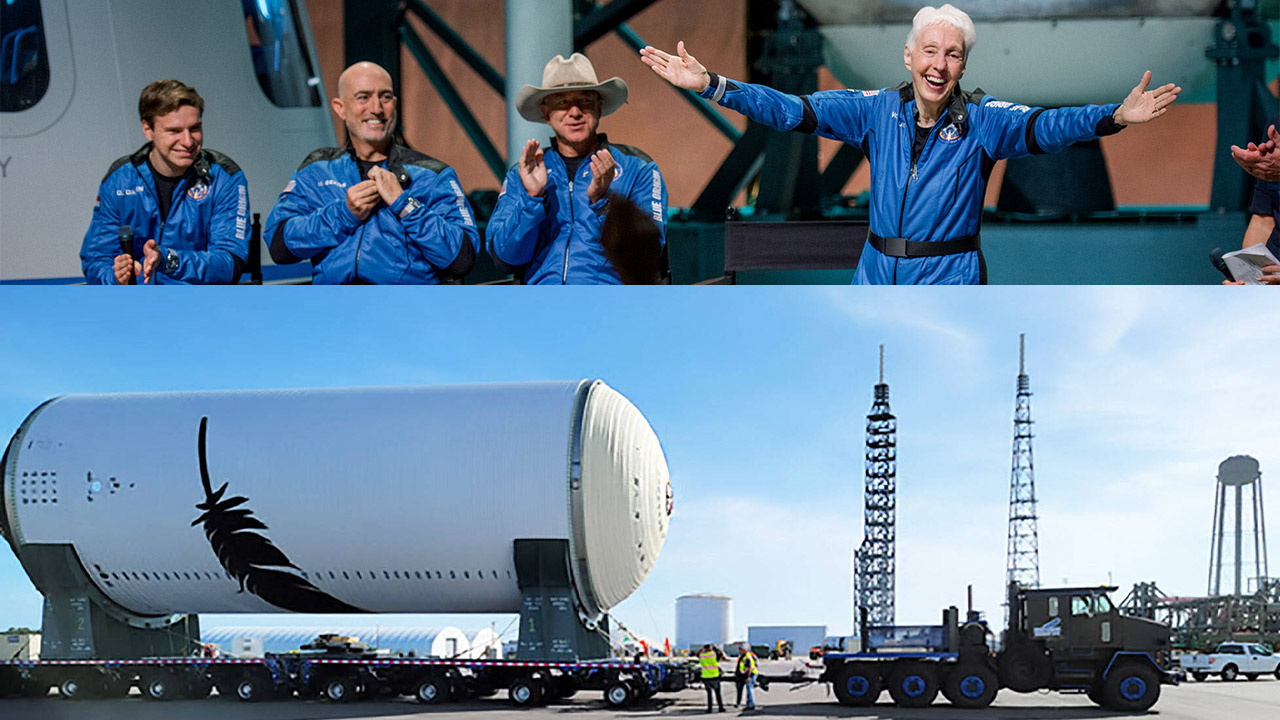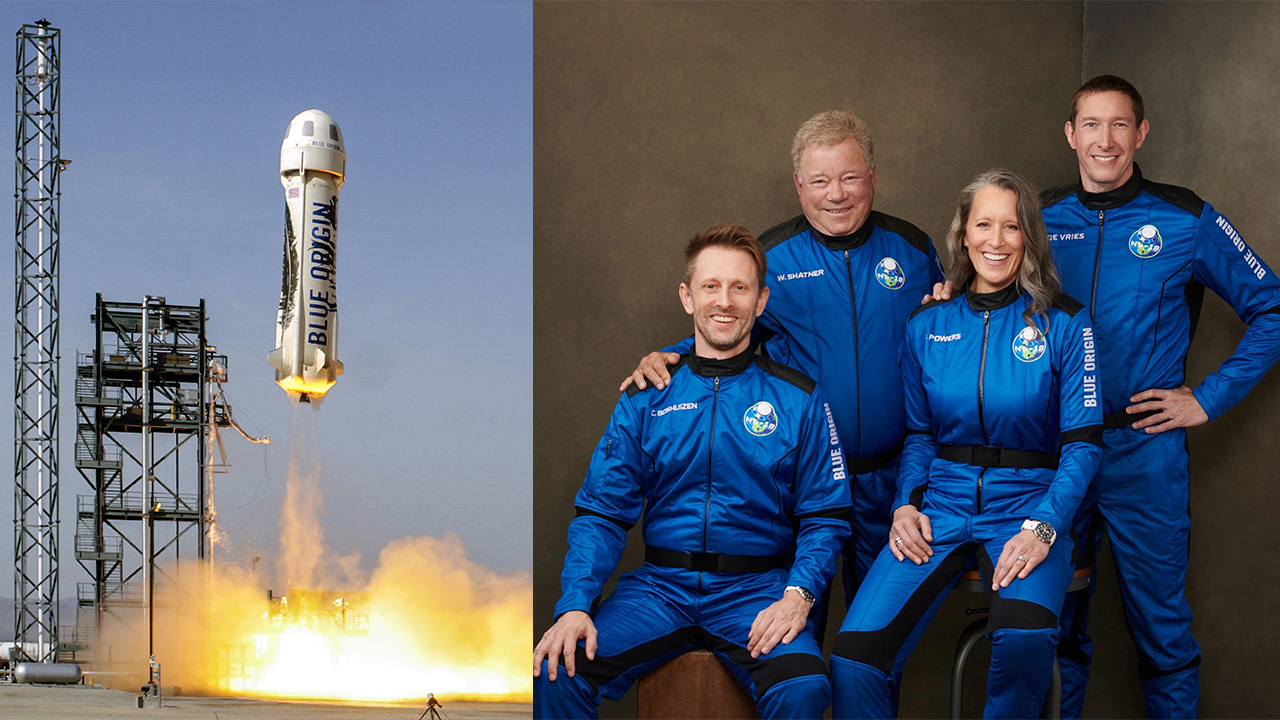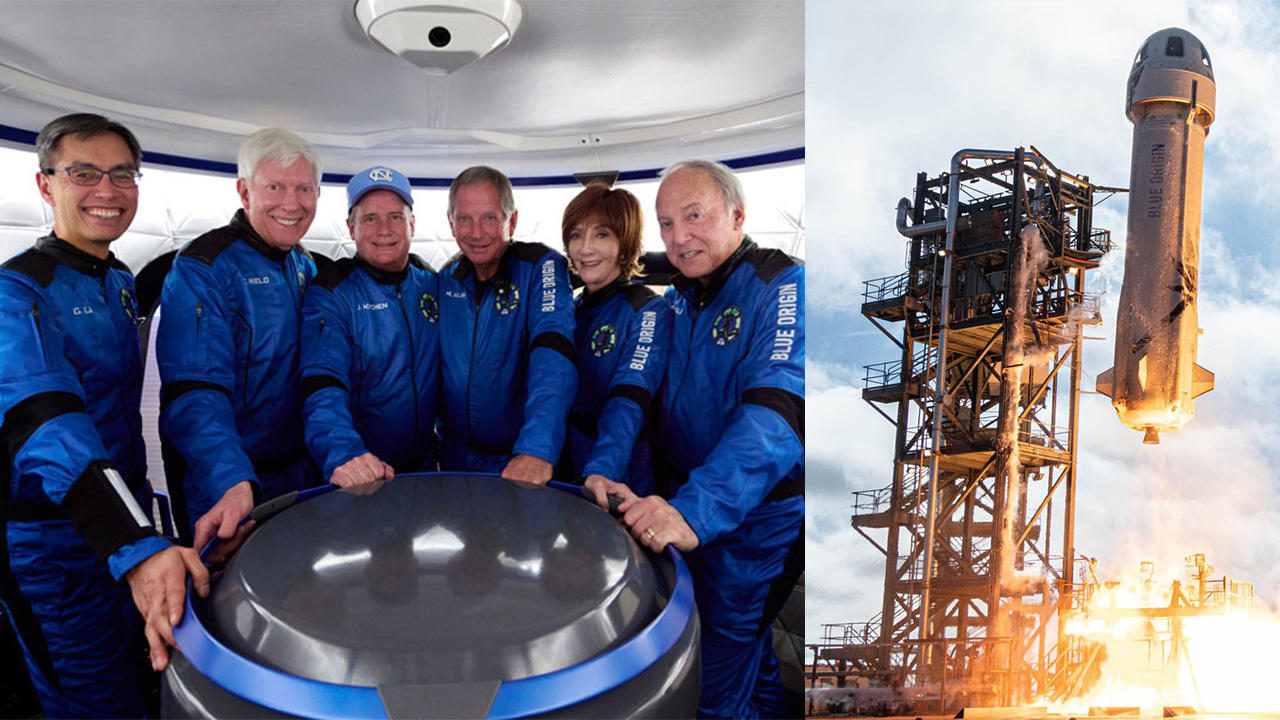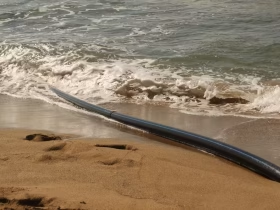Blue Origin’s tourism rocket is set to launch passengers to the edge of space for the first time in nearly two years, ending a hiatus caused by a failed uncrewed test flight.
The New Shepard rocket and capsule are scheduled to lift off during a window that opens at 8:30 a.m. CT (9:30 a.m. ET) from Blue Origin’s facilities on a private ranch in West Texas. A livestream of the mission, called NS-25, will begin around 7:50 a.m. CT (8:50 a.m. ET) on the Jeff Bezos-founded company’s website.
NS-25, Blue Origin’s seventh crewed flight to date, will carry six customers aboard the capsule:
Venture capitalist Mason Angel; Sylvain Chiron, founder of the French craft brewery Brasserie Mont-Blanc; software engineer and entrepreneur Kenneth L. Hess; retired accountant Carol Schaller;
Aviator Gopi Thotakura; and Ed Dwight, a retired US Air Force captain selected by President John F. Kennedy in 1961 to be the nation’s first Black astronaut candidate.

Despite completing training at the Aerospace Research Pilot School and receiving an Air Force recommendation, Dwight ultimately didn’t make the NASA Astronaut Corps. He went on to become an entrepreneur and a sculptor; a new National Geographic documentary on Black astronauts, “The Space Race,” highlights Dwight’s pioneering story.
“I had no intention of being an astronaut. That was the last thing on my bucket list,” Dwight said in the documentary. “But once I was given the challenge, then everything changes.”
At 90, Dwight will be completing that challenge and reaching the edge of space, making him the oldest person to venture to such heights, according to a spokesperson from Blue Origin.
During the mission, the crew will soar to more than three times the speed of sound, or more than 2,000 miles per hour. The rocket will vault the capsule past the Kármán line, an area 62 miles (100 kilometers) above Earth’s surface that is widely recognized as the altitude at which outer space begins — though there’s some gray area.
At the peak of the flight, passengers will experience a few minutes of weightlessness and striking views of Earth through the cabin windows.

The launch follows the success of an uncrewed science mission in December — the New Shepard program’s first flight since the mishap more than a year earlier.
In 2022, a New Shepard rocket and spacecraft were set to launch a batch of science instruments on September 12. But one minute into the flight, the rocket endured Max Q — a moment of maximum stress on a vehicle.
Around that time, the rocket appeared to emit a massive burst of flames. The New Shepard capsule, which rides atop the rocket, then initiated its launch abort system — firing up a small engine to blast itself safely away from the malfunctioning rocket. That system worked as intended, parachuting the capsule to a safe landing.
Blue Origin later revealed that the cause of the failure was a problem with the engine nozzle, a large cone that directs the flaming exhaust at the rocket’s bottom. Onboard computers accurately detected the failure and shut the engine down, according to the company.
No injuries were reported on the ground, and Blue Origin said the science payloads and the capsule could be flown again.
However, the rocket, left without a functioning engine, smashed back into the ground and was destroyed. Typically after New Shepard launches, the rocket booster guides itself back to a safe upright landing so it can be flown again.







Leave a Reply